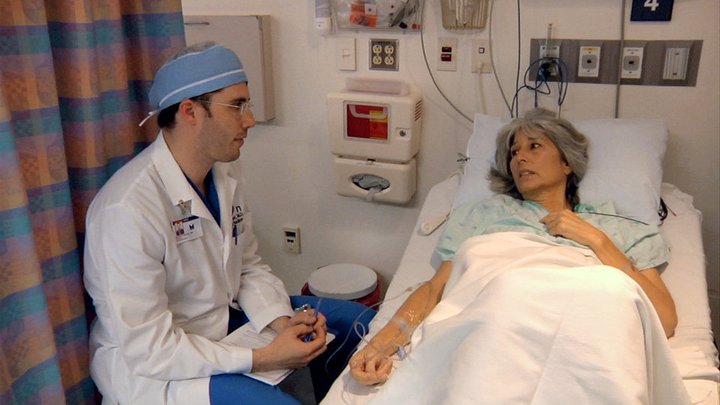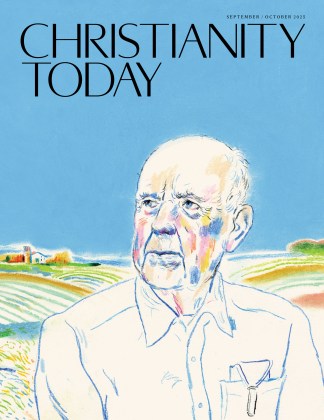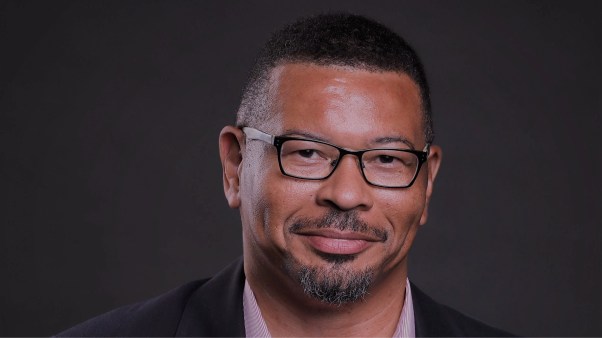Before the opening credits roll for How to Die in Oregon—airing on HBO tonight—we have watched one man, Roger Sagner, end his own life.

A new law in Colorado that makes it legal for 18-year-olds to smoke marijuana although they still can't buy alcohol, has some cultural critics once again taking shots at the national drinking limit.
Last month, Time ran a piece by Camille Paglia, questioning whether the limit was saving lives or pushing kids deeper into secretive binge drinking.
Our society has argued over the minimum legal drinking age at 21 for the past three decades, ever since Congress passed a law penalizing states whose cutoffs were any lower. The debate's not expected to reach a head anytime soon, even if Republicans take up the issue.
However, for those Christians who do drink alcohol, would a lower drinking age be a good thing? Supporters consider the proposal a win for modeling morally responsible drinking while kids are still at home. Opponents say it's a loss for teens already being tempted by the plethora of contraband booze.
As teen binge drinking incidents continue to hit the headlines, the secular world is struggling to respond. It's not just a public safety issue, but a moral issue for parents of teenagers. Most forbid it, but some offer a sip of a drink or even turn a blind eye to parties with booze in their basements.
Hundreds of studies enumorate the risks and negative effects of underage drinking: drunk driving deaths, impaired brain development, and binge drinking. As Mothers Against Drunk Driving points out, the 21-year-old limit is one of the most heavily researched pieces of legislation out there. However, as much truth as we have, it doesn't account for the reality that teenagers drink anyway. Teen drinking accounts for 11 percent of total alcohol consumption. As Christians, we know that the truth is never enough to stop sin. It takes humility and Jesus.
Knowing the risks, parents want to teach kids to "drink responsibly," avoiding drunk driving, alcoholism, and alcohol poisoning. One approach praises the European way, where kids supposedly learn to drink in moderation from their parents. While they do have far fewer drunk driving incidents, some say European youth statistically drink more often. Still, supporters of a lower drinking age like Paglia stand by the idea that if youth were given more experience with alcohol at home, they'd learn to be less reckless:
Learning how to drink responsibly is a basic lesson in growing up — as it is in wine-drinking France or in Germany, with its family-oriented beer gardens and festivals. Wine was built into my own Italian-American upbringing, where children were given sips of my grandfather's homemade wine. This civilized practice descends from antiquity.
Yet, research indicates that when the drinking age limit drops, access to even younger minors rises. Chances are pretty high that more underclassmen would find unhindered access. Then there's MADD's argument: The more teens drink alcohol, the higher the chances they'll hit the roads loaded and invite peers along for the ride. The risks seem too high.
Some approaches focus on how parents discuss drinking in front of or with their children. The Talk Early campaign encourages parents to be careful about joking about drinking. Christian blogger Kristen Howerton, of Rage Against the Minivan, wrote last week reminding parents how we talk about alcohol—whether we condemn it, praise it or idolize it—can be just as important as how we consume it in front of our children.
Christians, too, worry about their kids' transition to 21 and legal. Children aren't even allowed a sip of the forbidden substance, perhaps with the exception of a sip of wine at communion, but as soon as they come of age we dump a metaphorical cooler of opportunity on them, with the punch spiked and everyone around them a few drinks in. Reducing the drinking age would allow some teens to legally get a few months training before their first fraternity party, supporters say. They can make their mistakes under the eye of a caring adult. It seems a reasonable approach, and it's certainly one that has grown in popularity over the past decade.
However, before jumping on the "teach them to sin responsibly" bandwagon, Christians must refocus the issue on the gospel. Our hope isn't to just have moral children who make safe decisions, but we want to see our children make righteous decisions, knowing their ultimate security is in Christ.
If our kids know Jesus, our focus is no longer teaching them when alcohol consumption becomes dangerous but instead when it becomes sinful. The irony is that history has proven that no group in society can be wholly trusted to make good decisions with alcohol—young or old, Christians or not.
While Christian families have the luxury of looking at alcohol and knowing that Jesus has freed us to enjoy it, we don't live in a world that's free. We also don't always live as if we are free ourselves. We wouldn't be loving our community well by allowing alcohol to slip more easily into the hands of teenagers, who historically handle it poorly.
I happen to live in one of the 29 states that allows minors to drink in the home with parent supervision. Imagine the oddity of my children turning down alcohol at keg-fueled frat parties, but coming home to share a drink.
Celeste Gracey is a freelance writer and award-winning journalist in the Seattle area. She holds a B.A. in communications from the University of Washington's journalism program.
In the documentary’s closing minutes, Cody Curtis, a woman with terminal cancer and living with escalating and excruciating pain schedules her own “death with dignity.” Here, tellingly, the camera parks outside her window. Perhaps that was her choice and not the director’s, but it feels as though the time we’ve spent with her through the film has made her a real person rather than a cause, and it is hard to not wonder whether the camera’s rather sudden reserve implies any particular feelings about what is going on.
Whether one agrees or disagrees with the Oregon law, one must concede the earnestness with which director Peter Richardson approaches his topic. And who amongst us is brave enough to stand in judgment of Sagner and Curtis?
I would be careful not to mistake the documentary’s soberness for diffidence, however. Good cases often make bad law, and those who want to shape public policy tend to do so by looking for the cases that best frame the issue in the way they want it looked at. I don’t knock the film for having a point of view—I prefer honest advocacy to feigned neutrality—but I confess to wishing that it had a little more breadth in examining the issues surrounding the law. It is worth noting, for example, that the right to request a prescription for a terminal quantity of drugs (the law’s advocates insist on calling it “medication” even when it is not being used for treatment) is limited to those who have been diagnosed with an illness that will kill them within six months. One certainly hopes that the fact that at least two of the participants in the film live significantly longer than six months after receiving such a diagnosis wasn’t deliberately downplayed for fear that it might undercut the premise that the Death With Dignity Act is sufficiently narrow in scope.
Most telling, perhaps, of whether the film is depicting or advocating is the way it deals with the case of Randy Shoup. He is interviewed at the 52-minute mark, railing against Oregon Health Plan correspondence refusing to pay for stronger chemotherapy (because it can’t be shown to probably increase his life by five years) but telling him he is qualified to receive aid for comfort and “palliative care,” including physician aid in dying. “No man has the right to offer money to have somebody else killed,” Shoup says.
By going public with his letter, Shoup was able to get the Oregon Health Plan to reverse its decision and approve the chemotherapy recommended by his physician. The film states in printed text that he died four weeks later, leaving the impression that the questions he raises are easily dismissed technicalities. It is easy to miss on a first viewing that Shoup had already lived more than a year fighting prostate cancer after he was given “two to four months.” It is also worth pointing out that Shoup is given three minutes of screen time in the middle of a 107-minute film, so, by the end, the quite reasonable questions and concerns raised by his case have been pretty much pushed aside rather than answered.
In other words, people on both sides of the issue are allowed to speak in How to Die in Oregon, but we are encouraged to listen to some of them more than others.
Here’s the trailer:








